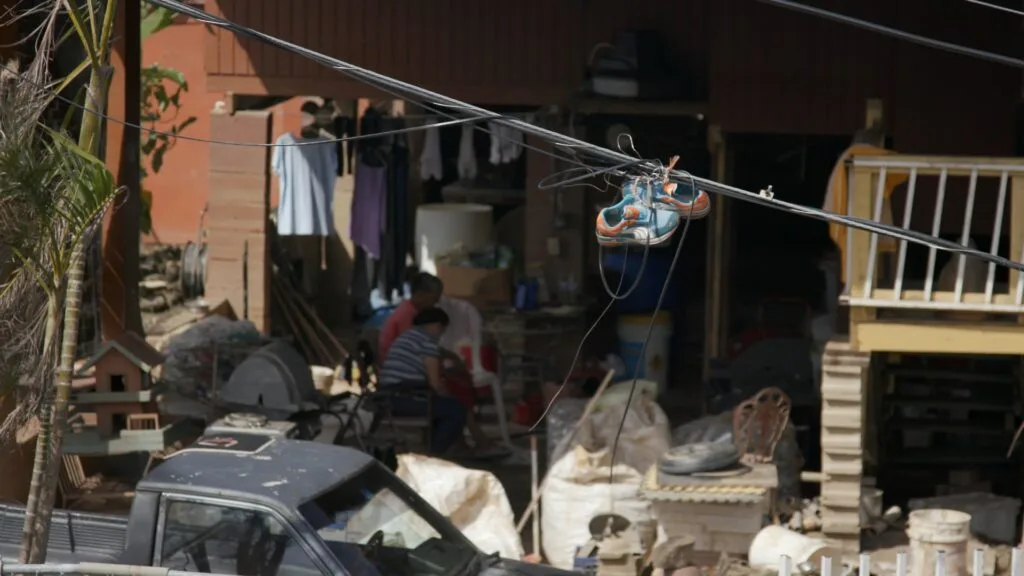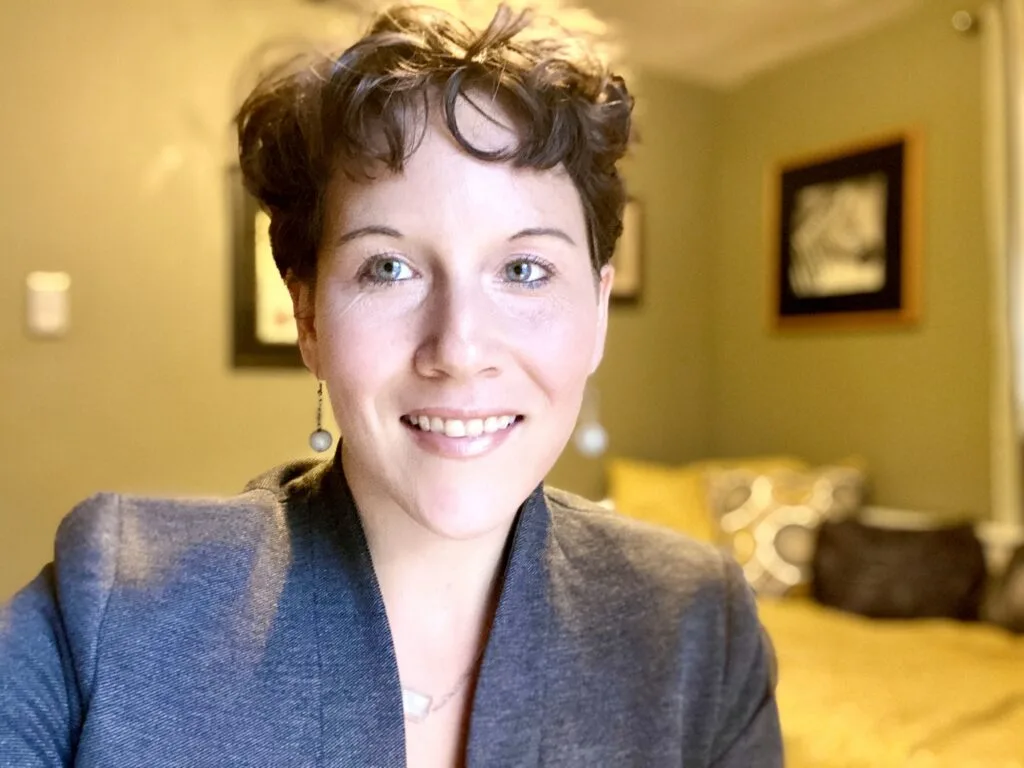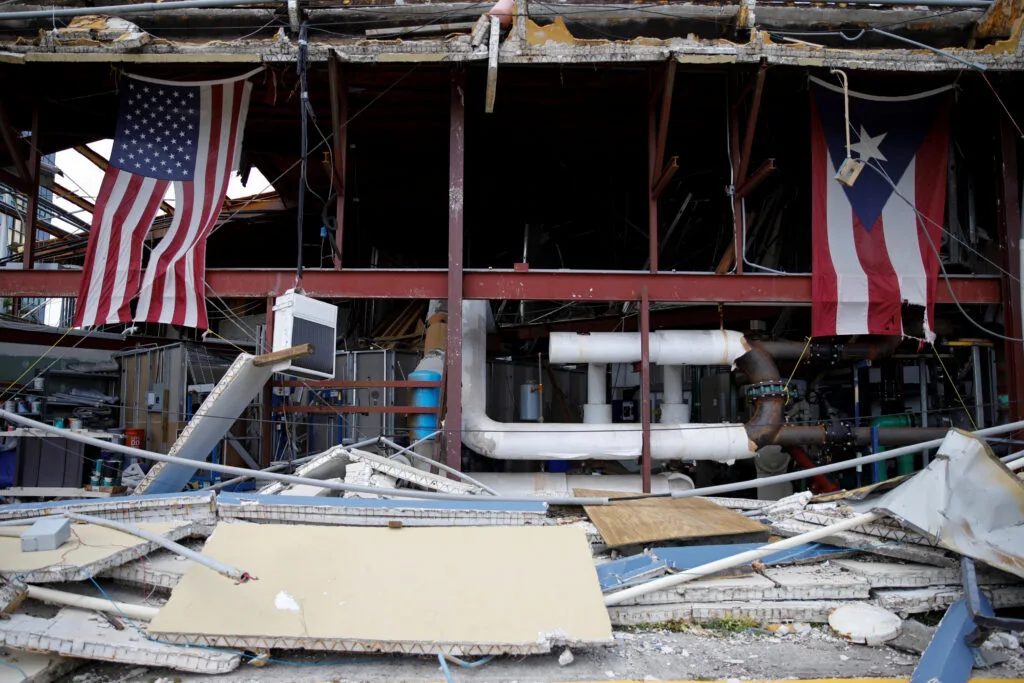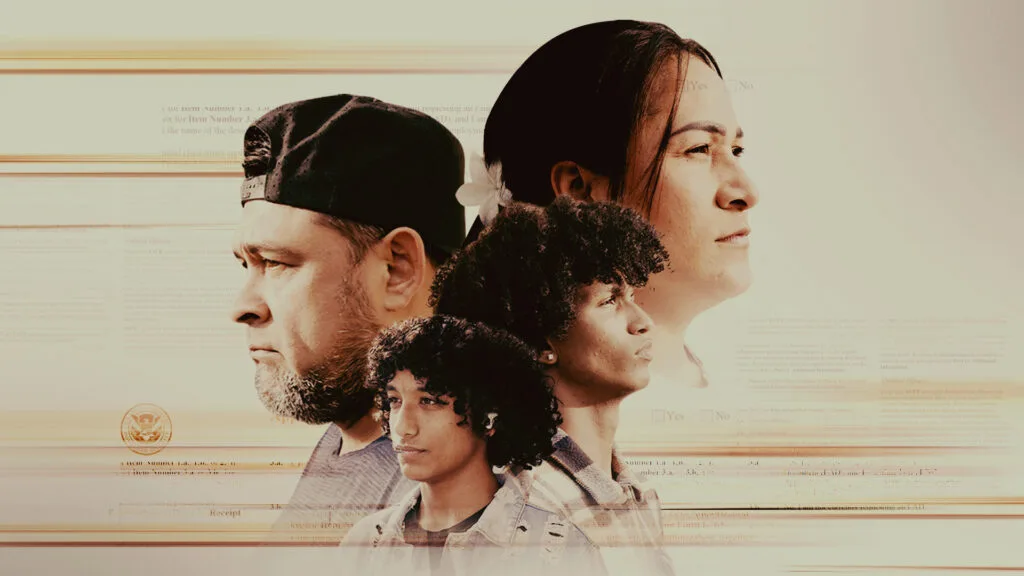Hurricane Maria’s New Death Toll Estimate Is Higher than Katrina’s

August 28, 2018
Share
A new study made public today found that the government of Puerto Rico severely underestimated the number of deaths from Hurricane Maria, in large part due to poor communication and planning for a large-scale disaster.
The report, produced by the George Washington University Milken Institute School of Public Health at the request of the government of Puerto Rico, estimated that there were 2,975 additional deaths in the six months following the category-five storm that barreled into the island last September.
As a result of the study, Puerto Rican Gov. Ricardo Rosselló revised the official death count for the storm from 64 to the study’s count of 2,975.
“The number of excess deaths is still very big and now, as a society, we need to come together and look forward to the future,” Rosselló said at a press conference.
The new toll, which puts the figure significantly higher than the 1,883 deaths after Hurricane Katrina, is likely to further fuel the long simmering debate about exactly how many people were killed by Hurricane Maria.
The controversy began two weeks after Hurricane Maria struck Puerto Rico, when President Trump said the disaster wasn’t a “real catastrophe” like Katrina, because the death toll — then just 16 — was so small by comparison. Within weeks, the official figure had crept up to 64.
In the following months, several studies and media outlets estimated that the death count was far higher by comparing the average death count in the months after the storm to that of previous years. In November, a team of demographers at Pennsylvania State University estimated the death count was 1,085. An analysis published by The New York Times just weeks later found the death count could be 1,052. And in May, a Harvard study published by The New England Journal of Medicine estimated that the mortality rate ranged from about 800 to more than 8,000, with a midpoint estimate of 4,645.
The George Washington study followed a similar methodology as earlier estimates, comparing deaths after the storm to previous years. But by reviewing a six-month time frame, researchers found that the storm’s lengthy recovery impacted mortality rates for many months, particularly for the island’s poorest and older residents. The study found that poor residents had a 60 percent higher chance of death, and that older males had a 35 percent higher risk than they would have in previous years.
The study also found that while there were higher mortality rates after the storm across the island, the deaths were most heavily concentrated in the northeast and some of the southwest of the island.
Researchers hope to continue their research, interviewing families of those who died to better understand how the hurricane impacted their deaths.
The new study also sought to understand why the initial death tolls were so far off. Among the problems researchers identified: a lack of training for doctors about reporting on hurricane death counts, poor communication between central and local governments; and a lack of proper planning by both the Puerto Rican and federal governments for a disaster as large as Maria.
Researchers recommended a series of changes to prevent these problems from occurring again, including increasing public health staffing and developing clear death reporting protocols, among others.
“We hope this report and its recommendations will help build the island’s resilience and pave the way toward a plan that will protect all sectors of society in times of natural disasters,” said Carlos Santos-Burgoa, the project’s lead investigator said in a press release about the report.

Related Documentaries
Latest Documentaries
Related Stories
Related Stories
Policies
Teacher Center
Funding for FRONTLINE is provided through the support of PBS viewers and by the Corporation for Public Broadcasting. Additional funding is provided by the Abrams Foundation; Park Foundation; the John D. and Catherine T. MacArthur Foundation; and the FRONTLINE Journalism Fund with major support from Jon and Jo Ann Hagler on behalf of the Jon L. Hagler Foundation, and additional support from Koo and Patricia Yuen. FRONTLINE is a registered trademark of WGBH Educational Foundation. Web Site Copyright ©1995-2025 WGBH Educational Foundation. PBS is a 501(c)(3) not-for-profit organization.



















